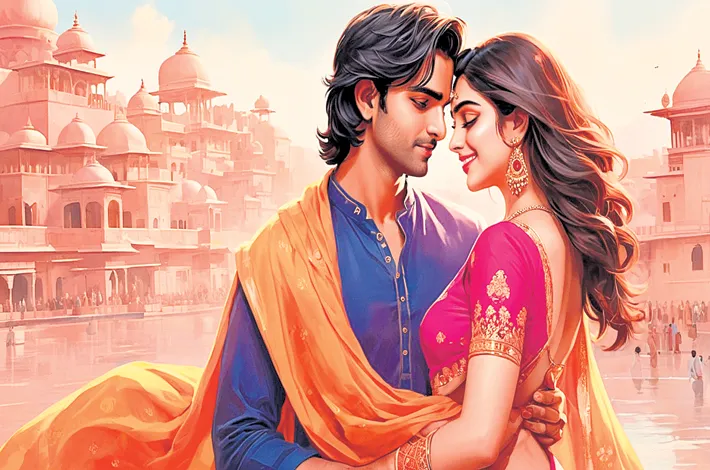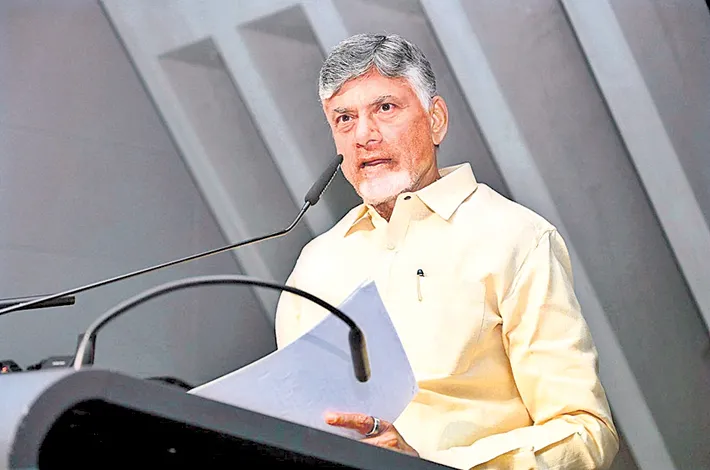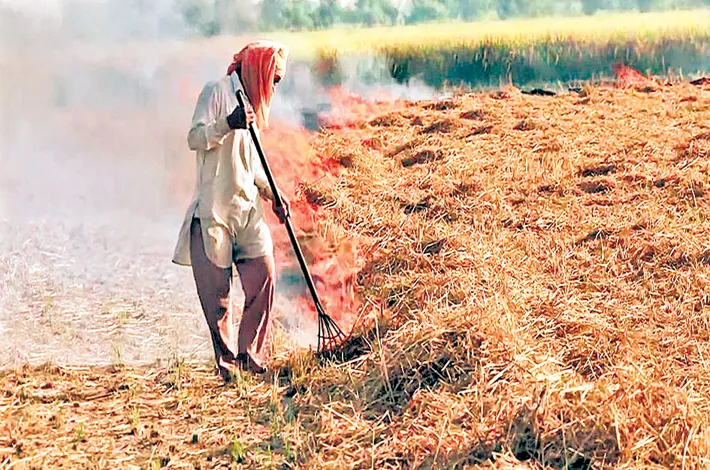A Palette of Love
29-04-2025 12:00:00 AM

Over the next few days, Zoya became Aarav’s shadow. She dragged him to camel races, made him try spicy mirchi vadas, and taught him to dance to Rajasthani folk tunes under starlit skies. Her stall was a magnet for tourists, her chatter as colorful as her pottery. Aarav, who preferred solitude, found himself craving her chaos
In the vibrant town of Pushkar, where the desert bloomed with colors during the annual fair, Aarav, a brooding artist, set up his easel by the ghats. His canvases were a riot of hues—saffron, turquoise, and crimson—capturing the chaos of life. Yet, his heart remained a blank slate, untouched by the warmth he painted. Inspired by the essence of Rang Birangi, a Hindi film where love blossoms amidst eccentricity and color, Aarav’s story was about to find its own vivid strokes.
Aarav had come to Pushkar to escape the monotony of city life. His paintings sold well in Delhi galleries, but he felt like a fraud, painting joy he couldn’t feel. The Pushkar Fair, with its kaleidoscope of cultures, was his muse. Camels adorned with mirror-work blankets, women in swirling lehengas, and the rhythmic clatter of folk music filled the air. He dipped his brush in vermilion, sketching the silhouette of a dancer twirling under the dusk sky.
That’s when he saw her—Zoya. She was a whirlwind of energy, her laughter cutting through the fair’s din like a bell. Dressed in a tie-dye kurta, her wrists jangling with bangles, she ran a stall selling hand-painted pottery. Her eyes, kohl-lined and sparkling, met his as she caught him staring. “Oi, artist saab, painting me without permission?” she teased, tossing a marigold at him. Aarav, usually gruff, fumbled, the flower landing in his paint palette, smearing yellow across his fingers.
“I—I was just… capturing the scene,” he muttered, but Zoya was already at his side, peering at his canvas. “Not bad,” she said, “but it’s missing rang—life!” She grabbed a brush, dipped it in cobalt, and streaked it across his painting. Aarav gasped, but her audacity intrigued him. “You ruined it!” he protested, though a smile tugged at his lips. “No,” she winked, “I made it ours.”
Over the next few days, Zoya became Aarav’s shadow. She dragged him to camel races, made him try spicy mirchi vadas, and taught him to dance to Rajasthani folk tunes under starlit skies. Her stall was a magnet for tourists, her chatter as colorful as her pottery. Aarav, who preferred solitude, found himself craving her chaos. She’d sneak into his painting sessions, adding playful swirls to his work. “Art shouldn’t be serious,” she’d say. “It should breathe, like love.”
Aarav’s heart, long dormant, began to stir. He painted Zoya in secret—a portrait of her laughing, her hair catching the sunlight, framed by Pushkar’s vibrant chaos. But doubt gnawed at him. Zoya was a free spirit, untethered, while he was a man of routines, scarred by a past betrayal. His ex-fiancée had left him for a “better prospect,” calling his dreams impractical. Could someone like Zoya, who lived for the moment, ever anchor herself to him?
One evening, as the fair neared its end, Zoya found him by the lake, staring at the moon’s reflection. “Why so glum, artist saab?” she asked, sitting beside him. Aarav hesitated, then showed her the portrait. Her eyes widened, then softened. “This is how you see me?” she whispered. “This… this is beautiful.” For once, her bravado faltered. Aarav took a breath. “Zoya, I’ve spent years painting what I thought was life. But you—you are life. I’m falling for you, but I’m scared you’ll vanish like a festival when it’s over.”
Zoya’s laugh was gentle this time. “Aarav, I’m not going anywhere. I’ve been running from roots my whole life, afraid they’d cage me. But with you, I want to stay still, just for a bit.” She leaned closer, her bangles clinking softly. “You’re my favorite color now.” Their lips met, tentative at first, then fierce, like a burst of Holi powder in the air.
The fair’s final night was a spectacle—lanterns floated skyward, and folk singers wove tales of eternal love. Aarav and Zoya danced, their silhouettes blending into the crowd. He gifted her the portrait, now framed with pressed marigolds. She gave him a pottery bowl, painted with their initials entwined in a riot of colors. “A piece of us,” she said.
As the fair ended, Aarav didn’t return to Delhi. He rented a small house in Pushkar, where he and Zoya set up a studio. She sold her pottery; he painted their adventures. Their love wasn’t perfect—Zoya’s impulsiveness clashed with Aarav’s need for order—but they learned to blend their shades. Like the Rang Birangi spirit, their life was messy, vibrant, and utterly their own.
Years later, their studio walls were lined with paintings and pottery, each piece a memory of their journey. Aarav would still catch Zoya adding sneaky strokes to his canvases, and she’d laugh when he grumbled. “You’re my masterpiece,” he’d say, pulling her close. And in Pushkar, where colors never faded, their love remained the brightest hue of all.








